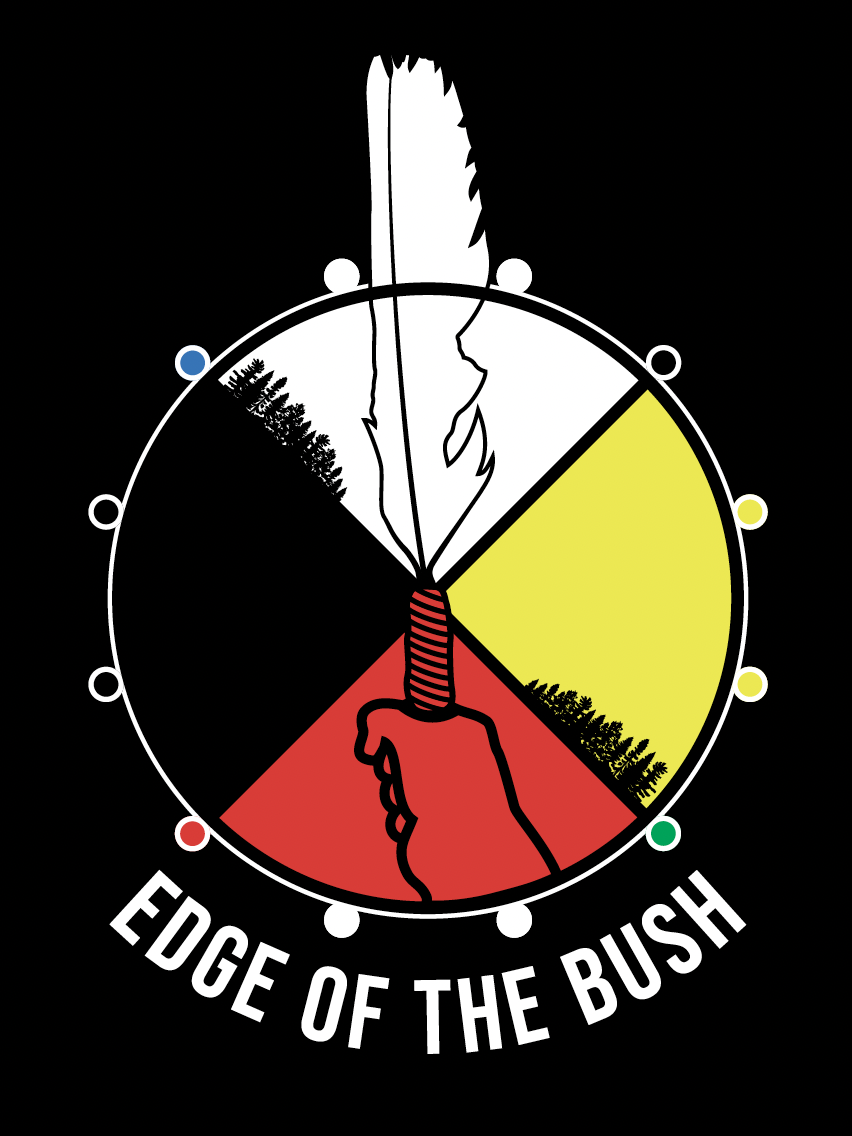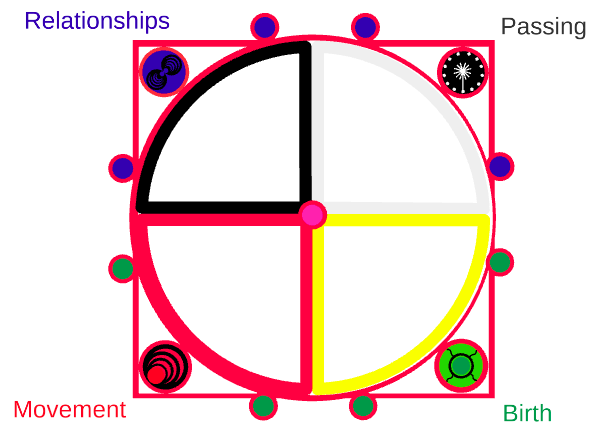
Nanaboozhoo (Greetings in the name of Ojibwe First Teacher)! Hopi miinawaa (again)! Even though the Seasonal Pedagogy that I have been sharing comes from and connects to the Traditional Ojibwe Bush Knowledge shared with me by my Auntie, it has a conceptual relationship with the natural growth process of all living beings on Mother Earth. I represented this ‘archetypal seed’ concept in ‘Progression’ (above) with that Pink Circle of Kindness surrounded by the life-force which I coloured Red. If you look wholistically, that seed at the centre is being embraced equally by the ‘Green of Mother Earth’ and the ‘Blue of Father Sky’. Circling around those four colours of Yellow, Red, Black, and White that connect with Ojibwe Knowledge of the Four Directions, the Four Sacred Medicines, the Four Seasons, and the Four Races of Human Beings, are those four key concepts from the Seasonal Pedagogy: Birth, Movement, Relationships, and Passing. To help communicate these concepts, I created four ‘glyphs‘ within those key colours of the Seasonal Pedagogy (Green, Red, Blue, and Black) to describe the creative motion of this natural process.
Based on my PhD research, Listening to Land as Teacher in Early Childhood Education (Martin, 2021), I have come to understand that these four basic concepts of Birth, Movement, Relationships, and Passing govern both the natural development of living beings and the natural learning processes of children and adults. When children are free to play in the land the story of their play naturally follows this pattern. When adults and youth remember experiences of land-based play in relationship with young children, their stories also follow this natural pattern. While all the stories of the Elders I spoke with followed this natural process of Birth, Movement, Relationships, and Passing, this pattern would only appear in the stories of the younger adults and youth when they spoke about intergenerational learning and their desire for young children to grow up in closer relationship with Mother Earth (Martin, 2021).
After listening to these multiple perspectives, I have summarized these four key concepts of the Seasonal Pedagogy (Birth, Movement, Relationships, and Passing) in relationship to that ‘Progression’ like this:
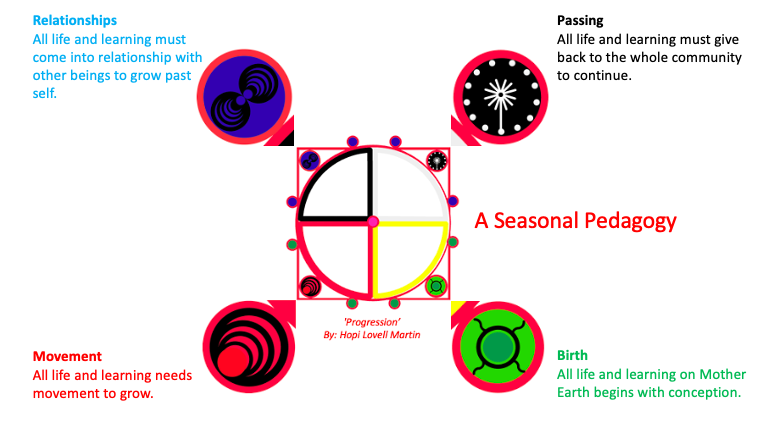
Because these natural concepts relate to both Ojibwe Bush Knowledge relevant to Tkaronto (Toronto) where the ‘Memory Teaching Bundle‘ comes from and to natural growth processes of plants, animals, and human beings from around the world, this ‘Circle Teaching’ sits at the ‘edge of the bush‘. While practicing this ‘Seasonal Pedagogy‘ will benefit Ojibwe-Anishinaabe children, it can also benefit all children (and adults) in (re)developing their own relationships with Mother Earth and her teachings. To facilitate the development of cross-cultural dialogue between nations and worldviews at the ‘edge of the bush‘, we partnered with Storypark to create a ‘Land as Teacher Community of Practice’ based around this ‘Seasonal Pedagogy‘ and pedagogical documentation of children playing close to their Mother, the Earth.
What if Mother Earth guides our pedagogical documentation in early childhood education?
To facilitate the development of this cross-cultural, ‘Land as Teacher Community of Practice’, I developed the following guide to a reflective practice based in the ‘Listening to Land as Teacher in Early Childhood Education’ (Martin, 2021) research:
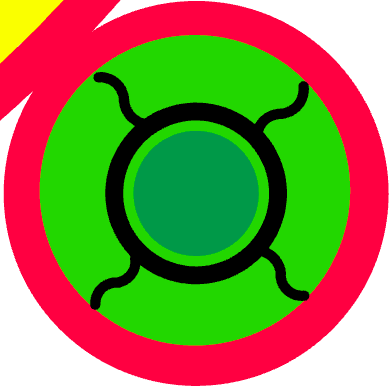
Birth: All Life and learning on Mother Earth begins with conception.
In Ojibwe worldviews life begins as a spark of wonder in the Spirit realm that is attracted to the physical connection between a seed and an egg. In the same way that this conception begins physical life for plants and animals, it is the seed-spark of that wonder that begins learning for Human Beings. These sparks of wonder are most apparent when young children or babies hear or see something that catches their attention inspiring movement towards that provocation. While educators may try to (re)create these ‘invitations to play’ indoors, Mother Earth naturally provokes this sense of wonder. When we begin in the land, close to Mother Earth with gratitude and reciprocity, we are naturally brought into that wonder.
What experience sparked wonder in the child/ren or in you?
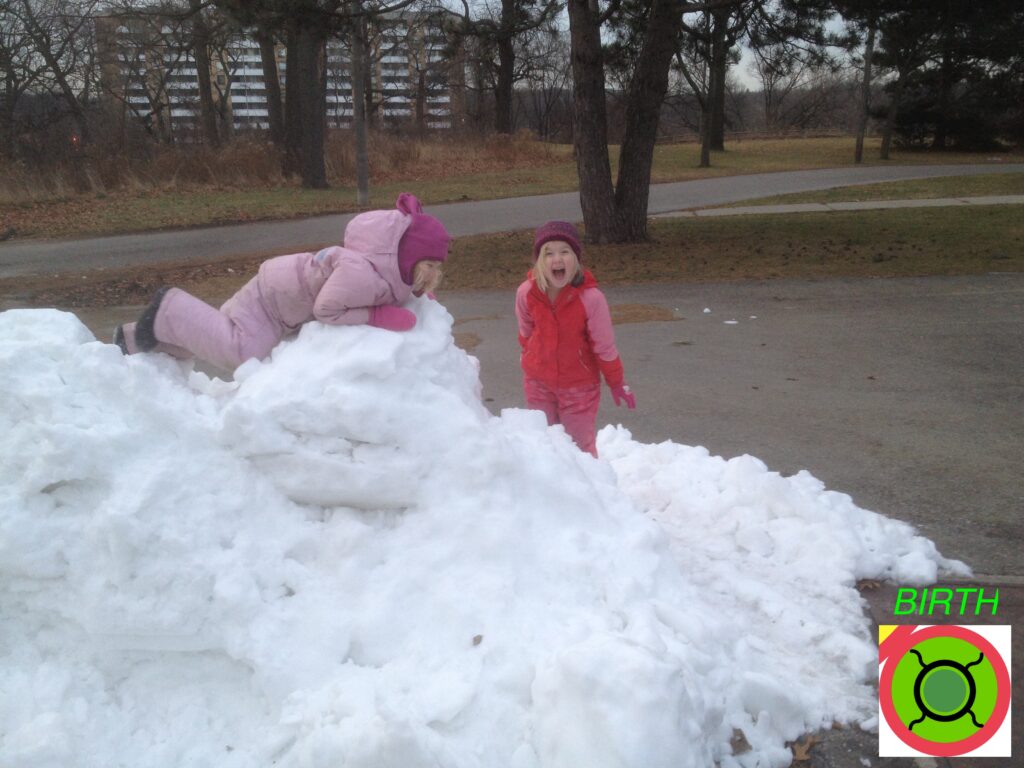

Movement: All life and learning needs movement to grow.
After conception, the fertilized egg begins growing in according to its genetic origins, the space it has to grow (Air), the amount of Sun energy (Fire), and nutrients from Earth and Water. Likewise, infants and children will naturally move towards these sources of life that have sparked their wonder. When adults learn to respect the time and space children require to move and develop naturally through play, they come into harmony with the natural processes of Mother Earth through non-interference. This allowance encourages deeper engagement with experiences of wonder that can naturally development into lifelong relationships that promote lifelong learning, health, and wellbeing.
What movements brought the child/ren or you into deeper engagement with that wonder?

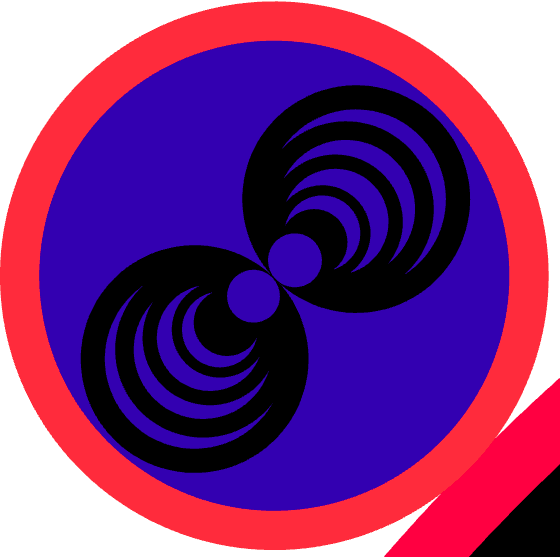
Relationships: All Life and learning must come into relationship with other beings to grow past ‘self’.
Indigenous worldviews recognize that everything exists within a web of seen and unseen relationships. Biologically, the growing movement of cells causes them to divide, multiply, and come into relationship with increasing spheres of influence and experience. Infants and children naturally seek experiences of responsive relationships, not only with their immediate caregivers, but across generations through multiple layers of Creation that could also include insects, trees, pets, stars, and Dreams. Wholistic development of these relationships through sustained, playful interactions over time can deepen knowledge of our identity, our responsibilities, and our interconnections with the Web of Life.
What relationships developed through the Land, between children, adults, or multiple generations?
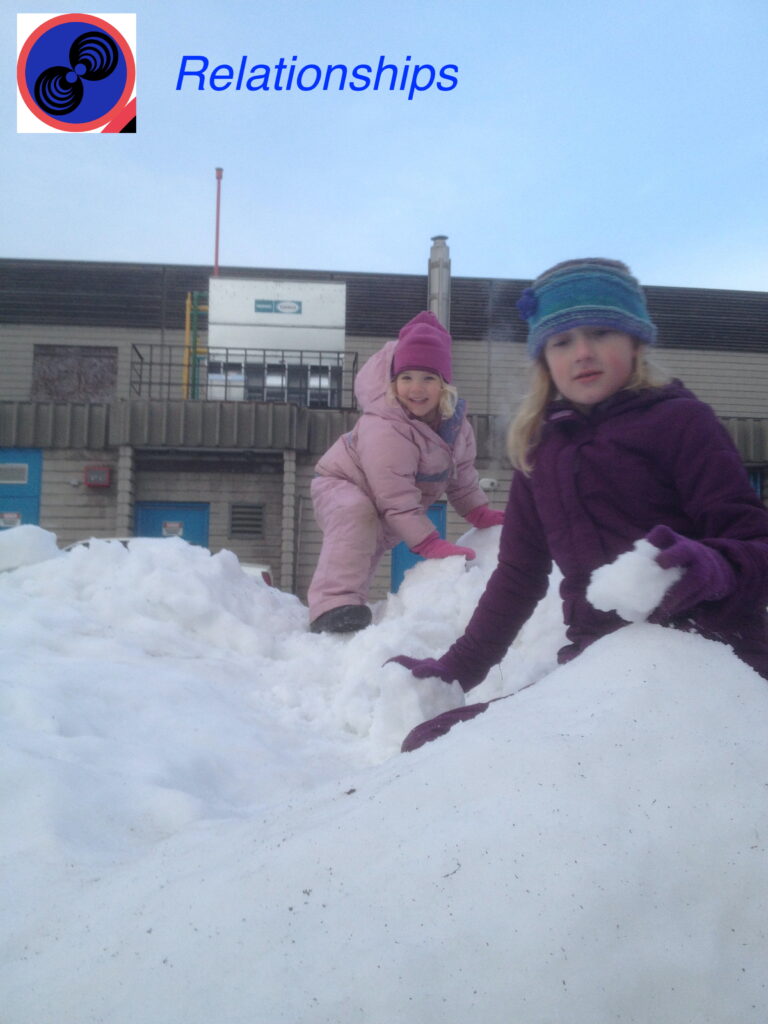
‘Look what I can do Daddy!’ (younger daughter).
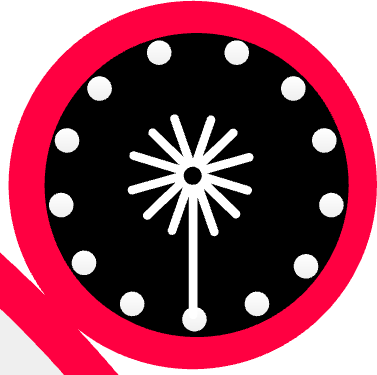
Passing: All Life and learning must give back to the whole community to continue.
All life gives energy back to sustain the whole creation. Plants give back seeds. Trees give back Fire, Earth, Water, and Air. Parents and Grandparents give life to their children and their children’s children. Babies and young children naturally practice ‘giving back’ when they engage in relationships beyond themselves to share their play experiences with their multigenerational, human and non-human relatives. Adults can support this natural development by providing both context and example of sharing relevant stories of family, intergenerational kindness, and relationship to Mother Earth.
What is the story of learning? How does it give back to community?
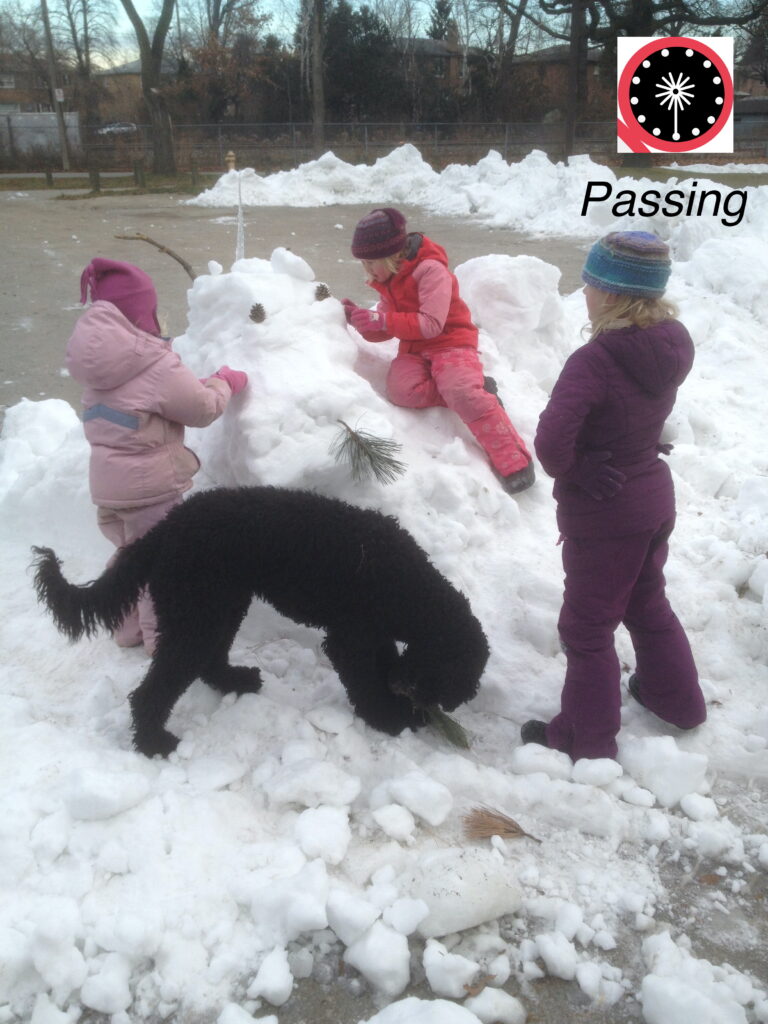
If you would like to learn more about developing this Seasonal Pedagogy through the Land as Teacher: Community of Practice please email [email protected].
